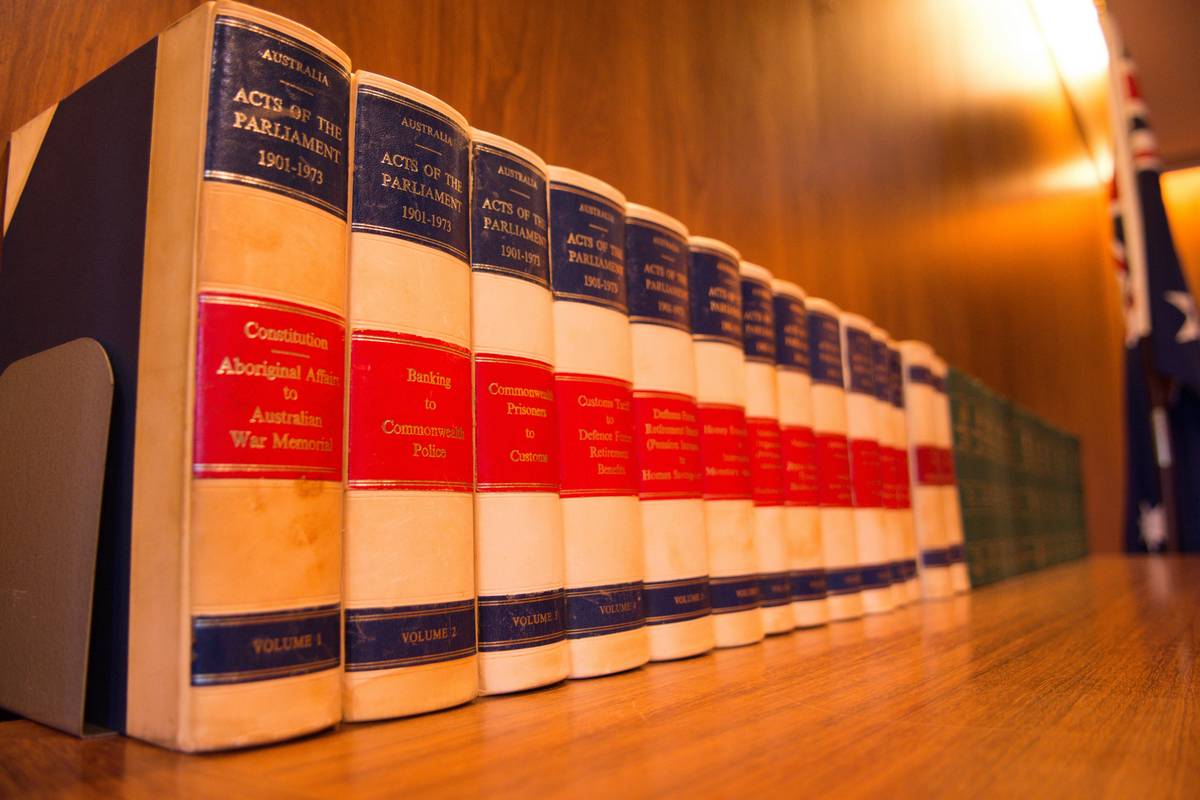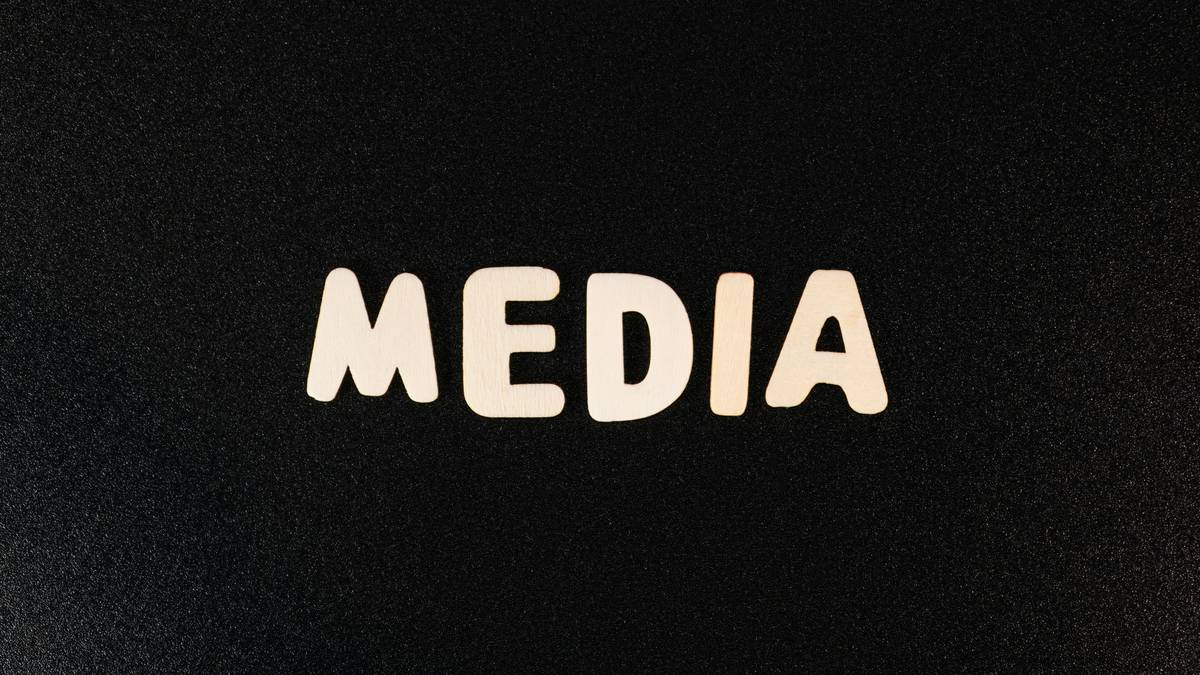Ever gotten a cease-and-desist letter over a blog post or social media update? If so, you’re not alone. In today’s hyper-litigious world, even the smallest misstep can lead to expensive legal headaches. Enter media lawsuit insurance: your secret weapon against costly defamation claims, copyright disputes, and more.
In this guide, we’ll dive deep into what media lawsuit insurance is, why it matters for content creators and businesses, and how to choose the best policy. You’ll also get actionable tips on avoiding common mistakes that could land you in hot water.
Table of Contents
- What Is Media Lawsuit Insurance?
- Why Do You Need Media Lawsuit Insurance?
- How to Choose the Right Policy
- Tips for Staying Out of Trouble
- Real-Life Case Studies
- Frequently Asked Questions
Key Takeaways
- Media lawsuit insurance protects against defamation, libel, slander, and copyright infringement lawsuits.
- It’s essential for anyone publishing online content, from bloggers to brands.
- Premiums vary based on coverage limits and risk factors like audience size and industry type.
- Proactive measures—like fact-checking—can reduce risks but don’t eliminate the need for insurance.
What Is Media Lawsuit Insurance?

Media lawsuit insurance, often bundled within broader “media liability” policies, safeguards individuals and companies from financial fallout caused by legal disputes related to published content. Think about these scenarios:
- A disgruntled reader files a defamation lawsuit after reading an unfavorable review on your site.
- An influencer accidentally uses copyrighted music in their YouTube video.
- Your brand gets sued for unintentionally violating privacy rights when sharing customer testimonials.
All these incidents—and many others—are covered under media lawsuit insurance. It typically includes legal defense costs, settlements, and judgments up to your policy limit.
Why Do You Need Media Lawsuit Insurance?
Optimist You: “I triple-check every word I publish!”
Grumpy Me: “That won’t stop someone from suing you, buddy.”
Here’s the truth: No matter how careful you are, lawsuits happen. A single complaint can cost tens of thousands—even millions—in legal fees. For example:
- The Blogger Who Got Burned: In 2019, a small-time blogger faced a $5 million defamation claim for criticizing a company’s business practices. Even though the case was eventually dismissed, they racked up over $70,000 in legal fees.
- When Slang Went Wrong: Picture this—I once used the phrase “lit AF” in a sponsored Instagram caption without realizing it breached the client’s brand guidelines. While no lawsuits ensued, the experience taught me how easily things can spiral out of control.
How to Choose the Right Policy
Selecting media lawsuit insurance isn’t rocket science, but it does require some research. Here’s a step-by-step guide:
Step 1: Assess Your Risks
Consider your niche, audience size, and platforms. Content involving politics, health, or finance tends to carry higher risks than lifestyle blogging.
Step 2: Compare Coverage Limits
Most policies offer coverage between $500k to $5 million. Go higher if your content reaches wide audiences or deals with controversial topics.
Step 3: Check Exclusions Carefully
Beware sneaky exclusions. Some policies might exclude intentional acts (e.g., knowingly spreading false info), which leaves gaps in protection.
Tips for Staying Out of Trouble
- Always Verify Facts: Double-check sources before hitting “publish.” One wrong stat can trigger disaster.
- Avoid Sensitive Topics: Unless absolutely necessary, steer clear of divisive issues unless you have expert backing.
- Get Permission: Always secure written consent before using someone else’s work or likeness.
- STOP POSTING WHEN TIRED: This is terrible advice. Never create content at 2 AM fueled by caffeine and desperation—it screams rookie mistake.
Real-Life Case Studies

Case Study #1: The Accidental Libeler
A freelance writer penned an article accusing a local restaurant owner of unethical behavior. Though the claims were unsubstantiated, the piece went viral. The owner sued for libel, resulting in $250k in damages. Thankfully, the writer had media lawsuit insurance, which covered all expenses.
Case Study #2: The Meme Mishap
A marketing agency reused a popular meme featuring copyrighted characters. They ended up paying hefty fines—despite believing memes fall under fair use. Again, insurance came to the rescue.
Frequently Asked Questions
What Does Media Lawsuit Insurance Cover?
Defamation, libel, slander, copyright infringement, invasion of privacy, and wrongful termination claims stemming from published content.
How Much Does It Cost?
Premiums range from $500 to several thousand annually, depending on coverage levels and risk exposure.
Is It Worth It for Small Bloggers?
Absolutely! Any public-facing entity benefits from having a safety net, regardless of scale.
Conclusion
In today’s digital landscape, protecting yourself legally is non-negotiable. Media lawsuit insurance offers peace of mind, letting you focus on creating amazing content instead of fearing potential lawsuits.
To recap:
- Understand what media lawsuit insurance covers and its importance.
- Know how to select the right policy tailored to your needs.
- Follow proactive strategies to minimize legal exposure.
- Learn from real-world examples to avoid repeating costly errors.
So go ahead and press “Publish” confidently. Just make sure you’ve got media lawsuit insurance backing you up first!
“Like a Game Boy running low on batteries,
Your risks grow dimmer with insurance;
Protect your pixels, save your sanity.”


